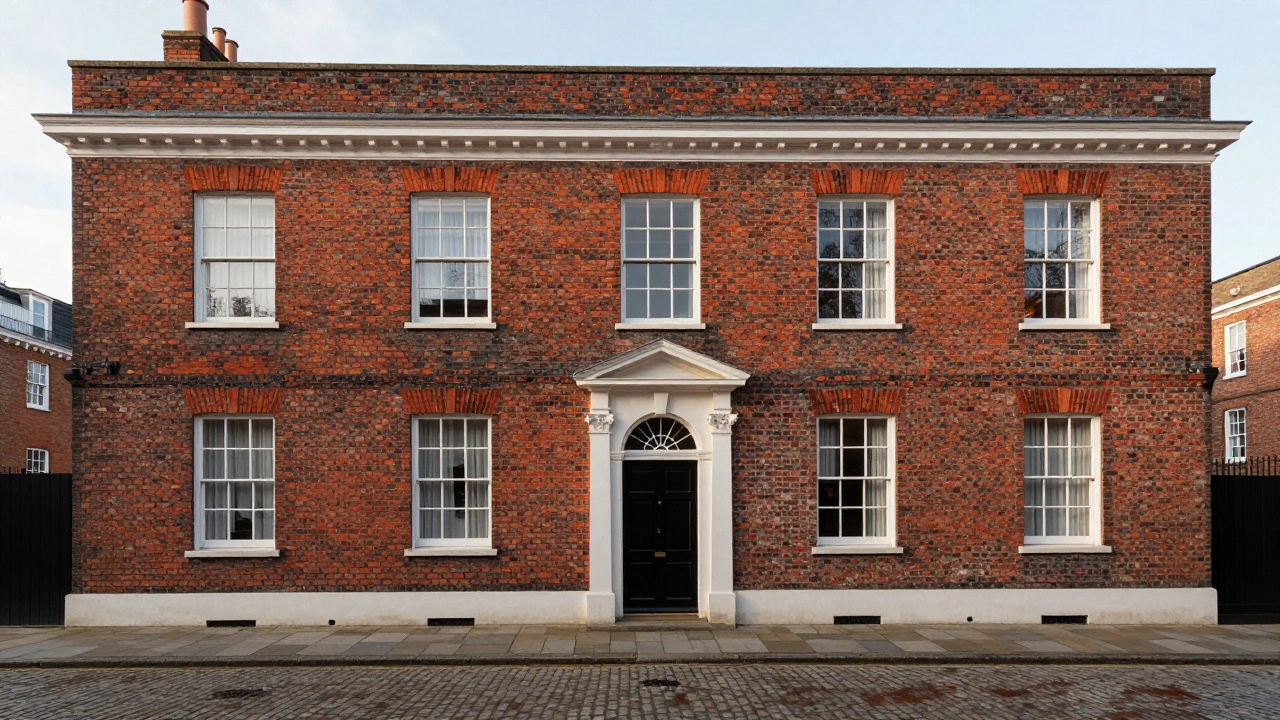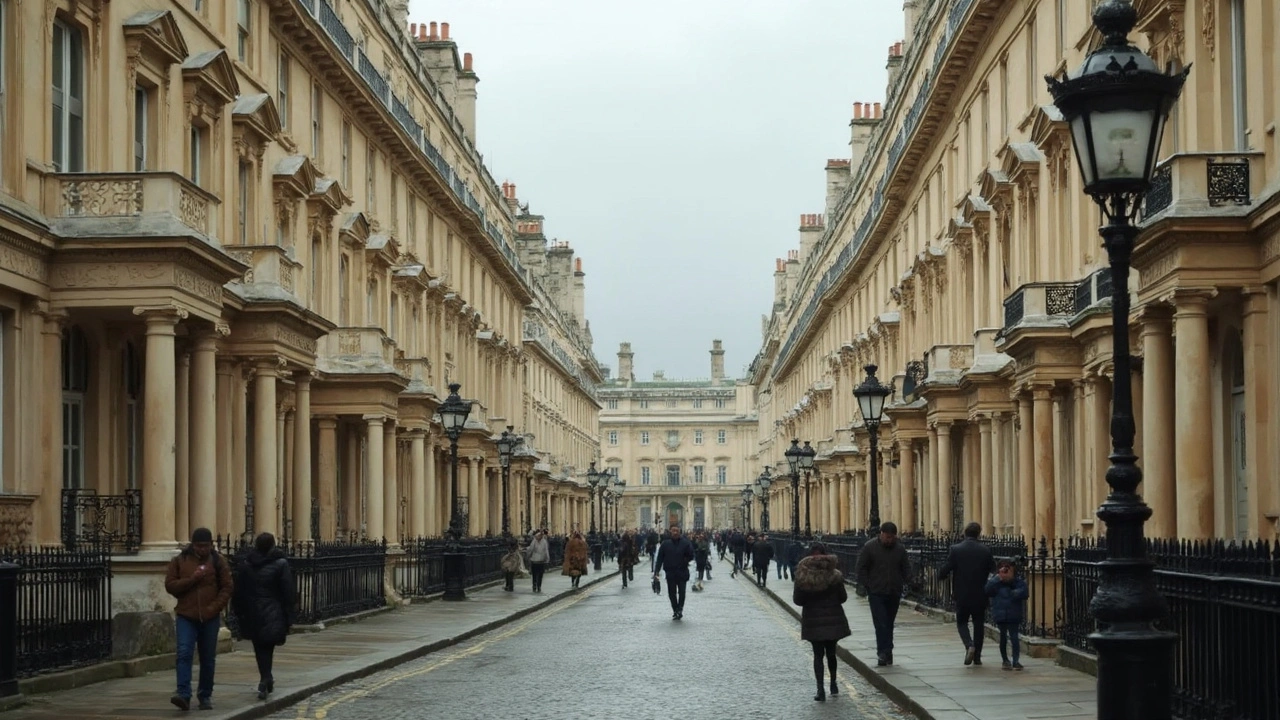Georgian style: Classic balance for modern homes
Georgian style still shapes streets and houses centuries later. Born in Britain during the 18th century, it pushed symmetry, proportion, and simple classical details into everyday buildings. You see it in brick terraces, town squares, and provincial manor houses. If you like clean lines, balanced facades, and restrained ornament, Georgian design is easy to spot and easy to adapt.
Key features of Georgian style
Georgian buildings favor symmetry. Windows are aligned in rows, usually sash windows with small panes. Doors sit in the center or a clear axis, often framed by a simple pediment or pilasters. Brickwork is common—sometimes painted—paired with stone or stucco details. Roofs are low-pitched with chimneys that add vertical rhythm. Interior rooms follow regular proportions, with high ceilings, simple cornices, and panelled doors. Classical motifs—columns, entablatures, and balanced moulding—appear but stay restrained rather than overdone.
Georgian also influenced city planning. Think terraces, crescents, and squares where identical facades create a calm, ordered street scene. That layout still guides many modern neighborhoods and is visible in cities across Britain, North America, and former colonies.
Practical tips: restore or add Georgian elements
If you're restoring an old house, match original materials where possible. Repair brick and lime mortar instead of replacing with cement. Keep sash windows or install historically accurate replacements that improve insulation. Preserve or recreate the front door surround—it's a small investment that boosts curb appeal and stays true to the style.
For modern homes, borrow key touches: a centered front door with simple pilasters, evenly spaced windows, modest cornice lines, and a neutral palette like brick red, cream, or muted grey. Use clipped hedges and a straight path to emphasize formality without being fussy. Inside, choose paneled doors, simple mouldings, and balanced room layouts rather than heavy ornament.
Budget-friendly updates work too. Swap a plain light fixture for a period-style pendant, add shutters or a painted wood door, and use matching window boxes to create rhythm along the facade. Small changes can make a building read as Georgian without a full renovation.
Want deeper reading? Our site covers Georgian influence on urban design and period renovations. Start with 'Georgian Architecture Influence on Modern Urban Design: A Deep Dive' for history and planning, then check practical restoration guides and nearby styles like Colonial and Regency that overlap with Georgian ideas.
Whether you're renovating a townhouse, planning a new build with classical balance, or just curious about streetscape harmony, Georgian style gives clear rules you can follow. It rewards restraint: a few well-chosen details give a calm, timeless look that still feels fresh today.
Common mistakes to avoid: overdoing ornament, mixing too many periods, or breaking symmetry with random window sizes. Keep proportions, use consistent materials, and consult local conservation rules if your building is listed. Quick checklist: measure window spacing, check mortar type, preserve original doors, and choose period-appropriate paint. These small steps prevent expensive mistakes and keep the house feeling authentic. Hire a sympathetic architect when unsure today.

How Georgian Architecture Evolved Through Centuries
Georgian architecture evolved from classical principles into a timeless style defined by symmetry, proportion, and craftsmanship. Built between 1714 and 1830, its enduring appeal lies in its durability, functionality, and quiet elegance.
Read more
Georgian Architecture: Beyond Bricks and Mortar
Georgian architecture isn’t just about grand buildings and perfect symmetry. It’s a style that shaped city streets and family homes, changing how people lived and built for over a century. This article digs into what makes Georgian buildings stand out, how you can recognize one, and why their influence still shows up everywhere—from town halls to new apartments. Expect practical tips if you’re hunting for a Georgian property or thinking of renovating one, plus some little-known facts guaranteed to surprise even the biggest history fan.
Read more